With more people working from home to help slow the spread of Coronavirus, thousands of Australians will see an increase in their energy usage. This increase will be caused by using home appliances more often than we would if we were to leave the house for work. According to Energy Networks Australia, if you are spending 8 hours a day in a home office and have an average of two people working, your electricity bill is likely to double. With this significant change on the horizon, it’s important to understand the small, simple measures you can take to help keep costs down.
Whether you are just starting out or have been working at home for a while now, these small measures could see huge savings. Below we have outlined our five ways to help reduce energy usage when working from home.
1. Turn energy-draining appliances off at the wall
To better help reduce energy consumption let’s look at the appliances said to consume the most energy with increased use. According to Energy Australia, the energy used by appliances that are plugged into an ‘on’ power outlet and not in use, can cost up to an extra $100 each year. In the home office, these appliances include desktops, lamps, printers and scanners. When you have finished using these appliances, at the end of the day be sure to shut them down and switch them off at the wall. For your ceiling lighting, air conditioners and heaters, turn off when you are not occupying the room.
2. Utilise home automation
We understand that some households have increase traffic during this time and these energy-saving tasks can be difficult to achieve. To combat this, we suggest utilising smart home devices. Setting up your home automation device to turn the lights off at a certain time each day will ensure you are saving energy where possible- without having to physically do it yourself. If home automation isn’t accessible to your household, a sticky note near the exit door reminding you to switch off the light works great too.
3. Make a switch
Identifying the cost of energy-draining appliances can help when making the switch to more energy-efficient options within the home. For every $1 spent on energy, you will get 2 hours of heating or cooling using a split-cycle air conditioner or 20 hours using a portable fan or ceiling fan. It will also get you 55 hours of incandescent lighting or 550 hours of LED lighting. Considering we can spend up to 8 hours a day in the home office, using the ceiling fan over the air conditioner, where possible, will lead to potentially huge savings.
4. Adjust the temperature
Once you have identified how much your split-cycle air conditioner is costing, consider making slight adjustments to the way you use it. As we prepare for the cooler days coming into Winter, your energy bill will skyrocket if you have the heater on for the entire day. To avoid this, start by reducing the heat loss in your home by closing the doors. In the southern states, we understand it can get quite cold so if you need to use the heater we recommend adjusting the temperature. For example, adjusting the temperature from 18℃ or 19℃ rather than 20℃ or 22℃ means you’ll barely notice the comfort level and your heater won’t have to work as hard. By doing so, households can potentially see up to a 10% saving on the power bill.
5. Invest in appliances with a higher energy rating
If you have the option to do so or looking to replace old appliances, investing in a more energy-efficient option will deliver long-term benefits. Energy-efficient appliances are designed to utilise minimum energy to complete the required task. As you are using more energy elsewhere such as desktops and printers, think about switching out the long-standing appliances such as fridges and washing machines. Opt for energy ratings of a 5.5 star for fridges and a 5 or 6 star rating for a washing machine.
For further assistance with all of your electrical needs, get in touch with the Ehlerth Electrical team via 1800 940 413 or make an enquiry here. We service clients from Brisbane to the Gold Coast.


